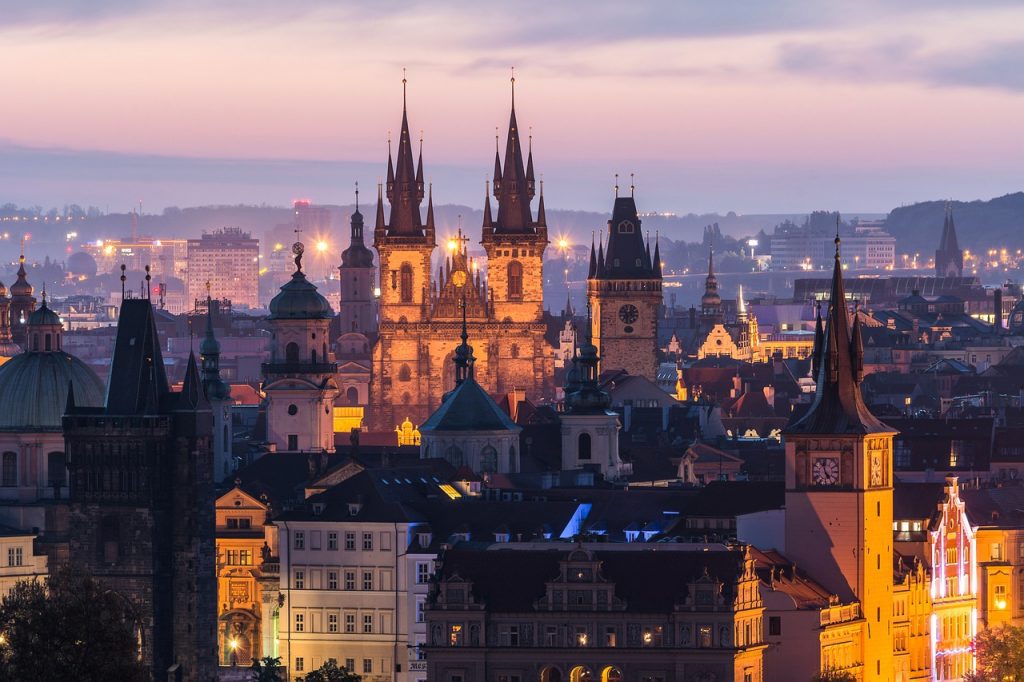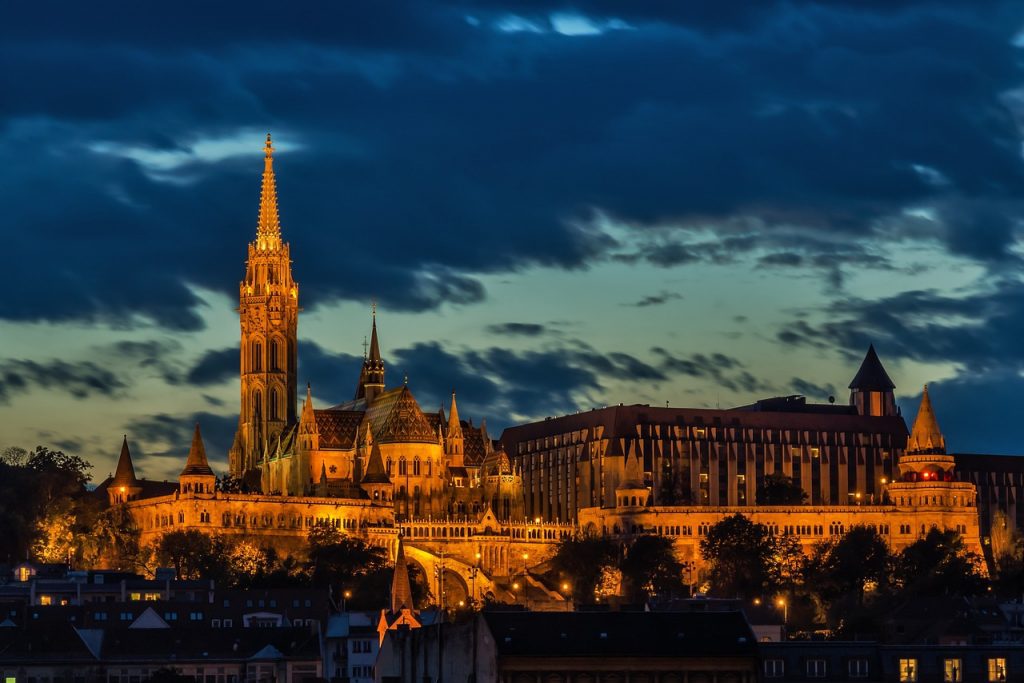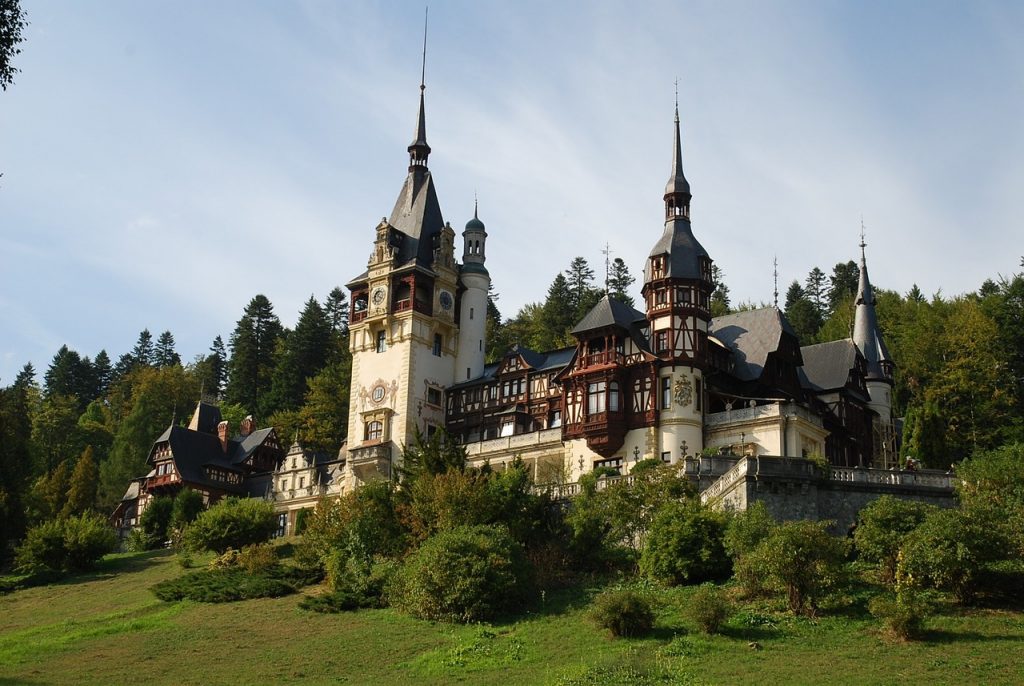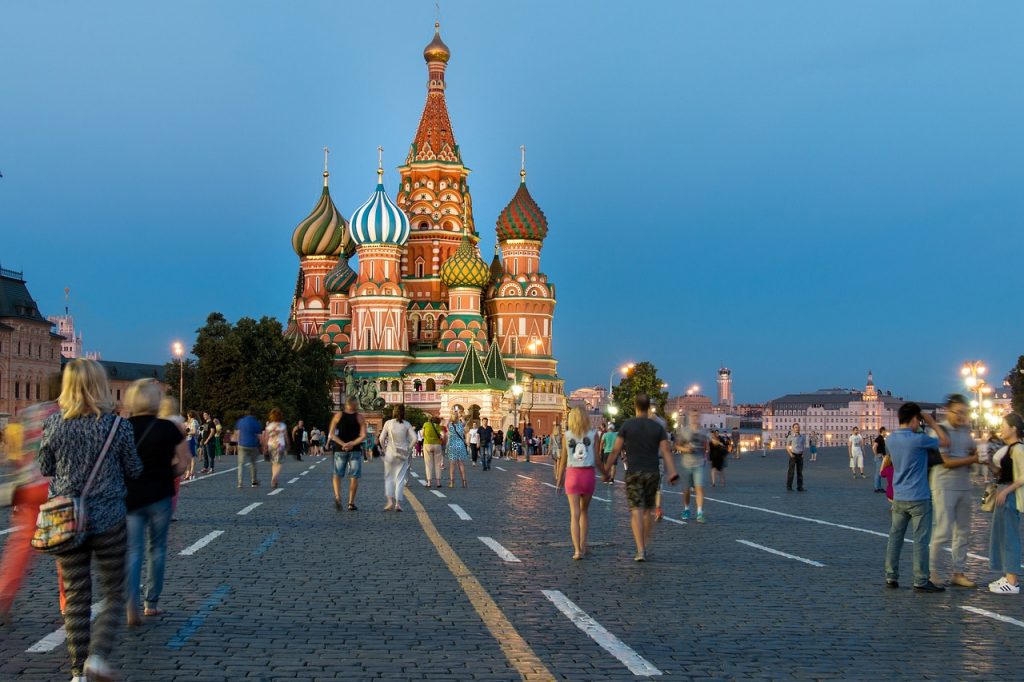Poland has a diverse history and culture they welcome you to come and experience. Additionally, there are breathtaking landscapes and outdoor adventures available throughout the year. From the historic streets of Krakow to the tranquil shores of the Baltic Sea, Poland’s diverse offerings beckon exploration. It is important to identify the best time to visit Poland.
Evaluating the options for your perfect Polish adventure requires a review of important factors. Pause for a moment and explore insights below on the climate, crowds and more to help you plan the best time to go to Poland.
Best Time to Visit Poland Based on the Weather
Spring (March to May):
Springtime in Poland is a season of renewal. As temperatures gradually rise from 35°F to 60°F (2°C to 16°C), the country awakens with blossoming flowers and lush greenery. This is a great time for outdoor activities, city exploration, and visiting historical sites. However, be prepared for occasional rain showers and unpredictable weather.
Summer (June to August):
If you prefer warm weather and longer daylight hours, summer is the best time to visit Poland. Average temperatures range from 60°F to 75°F (16°C to 24°C), making it ideal for outdoor adventures, swimming in the lakes, or lounging on the Baltic coast’s sandy beaches. Summer is also the season of festivals and cultural events across the country. But keep in mind that this is the peak tourist season, so popular destinations may be crowded, and prices can be higher.
Autumn (September to November):
Autumn in Poland is a visual masterpiece with vibrant foliage and pleasant weather. Temperatures range from 50°F to 65°F (10°C to 18°C), creating a comfortable atmosphere for exploring cities, national parks, and picturesque landscapes. This is also a great time for hiking and enjoying the country’s natural beauty without the summer crowds.
Winter (December to February):
If you’re a fan of winter wonderlands, Poland’s winter is an excellent time to visit. While temperatures can drop to 20°F to 30°F (-6°C to -1°C) in most regions, it’s a season of festive charm and winter sports. Cities like Krakow and Warsaw are beautifully adorned with holiday lights and markets, making it a magical time to explore the country’s historic streets. Skiing, snowboarding, and ice skating are popular activities in the Tatra Mountains. Just be prepared for shorter daylight hours and the need to bundle up.
Best Time to Visit Poland Based on Prices and Crowds
Low Season (November to March):
Winter and early spring are Poland’s low seasons, except for the Christmas and New Year period when prices may rise. During this time, you’ll encounter fewer tourists, lower hotel rates, and more availability at attractions. However, be aware of the cold weather, shorter daylight hours, and the possibility of some tourist sites having reduced hours or being closed.
Shoulder Seasons (April to June, September to October):
Poland’s shoulder seasons offer a balance between pleasant weather and manageable crowds. Accommodation and flight prices are often more reasonable, and you can enjoy a more relaxed experience at popular destinations. Spring and early autumn are particularly lovely times to visit.
High Season (July to August):
Summer is the high season in Poland, especially in tourist-heavy areas like Krakow and Warsaw. Prices for accommodations, flights, and attractions can be at their highest during this period. If you plan to visit during the summer months, booking in advance is advisable.
Discovering Poland’s Cultural Experiences
Poland hosts a rich tapestry of cultural events and festivals throughout the year, celebrating its history, arts, and traditions. Here are the top 10 cultural experiences that occur annually in Poland:
- Krakow International Film Festival (May-June): One of Europe’s oldest film festivals, it showcases a wide range of international and Polish films, including documentaries, short films, and feature films.
- Warsaw International Film Festival (October): A prestigious event, this festival screens the best in world cinema, attracting filmmakers, critics, and enthusiasts from around the globe.
- Warsaw International Jazz Jamboree (October-November): This jazz festival has a rich history and features some of the world’s best jazz musicians. Concerts, jam sessions, and workshops celebrate the art of jazz.
- Juwenalia (Spring): Held in various Polish cities, Juwenalia is a week-long festival celebrating students. It includes concerts, parades, and various cultural events.
- Carnival in Poznan (February-March): The Poznan Carnival is one of Poland’s biggest and liveliest, with colorful parades, costumes, and traditional music, marking the end of winter.
- Wianki (June): Celebrated in Krakow and Warsaw, Wianki is a summer solstice festival with concerts, art installations, and the tradition of releasing flower wreaths into the river.
- International Chopin Piano Competition (every five years): This prestigious competition honors Poland’s famous composer, Frédéric Chopin. Pianists from around the world compete to showcase their skills.
- Lajkonik Festival (June): Held in Krakow, this colorful event features a parade with a man dressed as a Tatar warrior (Lajkonik), symbolizing a historic event when Krakow was saved from the invasion of the Tatars.
- Pierogi Festival (August): Pierogi, traditional Polish dumplings, are celebrated in this festival in Krakow. Visitors can enjoy a wide variety of sweet and savory pierogi fillings.
- Wroclaw Good Beer Festival (May): Craft beer enthusiasts gather in Wroclaw to sample a wide range of Polish and international craft beers. The festival also includes food stalls and live music.
These cultural experiences offer a glimpse into Poland’s artistic diversity, historical heritage, and vibrant contemporary culture. Whether you’re a film buff, music lover, or simply seeking to savor traditional Polish cuisine, these annual events have something for everyone to enjoy.
Exploring Poland’s Nature and Wilderness Experiences
Poland’s diverse landscapes offer various opportunities for nature and wilderness enthusiasts. There are amazing national parks and other wilderness escapes for your outdoor adventures.
Bialowieza Forest: Home to the European bison, Bialowieza Forest is a UNESCO World Heritage site and a prime destination for wildlife enthusiasts. Spring and autumn are the best times to explore the forest’s trails.
Tatra Mountains: The Tatra Mountains in southern Poland are ideal for hiking, skiing, and winter sports. Summer brings lush meadows and clear hiking paths, while winter transforms the region into a snow-covered wonderland.
Baltic Sea Coast: Poland’s coastline along the Baltic Sea is perfect for summer beach vacations, with sandy shores, charming seaside towns, and plenty of water sports activities.
What Is the Best Time to Visit Poland and Why?
The best time to visit Poland ultimately depends on your preferences and interests. If you enjoy warm weather, outdoor festivals, and extended daylight hours, summer is the peak season for you. However, be prepared for larger crowds and higher prices.
For those seeking a balance between pleasant weather and affordability, the shoulder seasons of spring and autumn offer an ideal compromise. Winter is perfect for experiencing Poland’s festive charm, historic streets, and winter sports.
In conclusion, Poland is a year-round destination with something to offer every traveler. Whether you’re exploring historic cities, hiking in the Tatra Mountains, or savoring pierogi at a local eatery, each season brings its unique charm to this captivating country. So, when is the best time to visit Poland? The answer lies in your personal preferences and the experiences you seek.
Experience Poland’s magic in spring, summer, autumn, or winter—it’s a journey you won’t forget.
Photo Credits:
Image by Jerzy Górecki from Pixabay





